
Background information
How pillows are taking our homes by storm
by Pia Seidel

These design pieces from Milan Design Week 2024 were unsurpassed in their strangeness. And I think that’s what makes them great.
Pierced stools, bent glass shelves and spanner lamps. Plenty of debuts caught my eye at the last Milan Design Week, primarily due to their unusual appearance. They’d be perfect for fans of weirdcore. But they also tempted me because they’ve made even the most banal object more fun. Although they sometimes look a bit strange, some serious thought has gone into them. See for yourself.
Most people decorate their bodies with piercings. Not Gregor Jahner. He decorates his furniture with them. There’s a thin silver ring through the leg of the Pierced Stool that he presented at the Alcova exhibition. Jahner wants to make us question our perspective on decorative and functional objects. Just as piercings are worn for various reasons, including cultural, aesthetic and religious ones, this stool is intended to convey a message: «The Pierced Stool is an homage to queer celebration,» says Jahner. «As a queer designer and artist, I aim to celebrate individuality and revive the joy in design.»
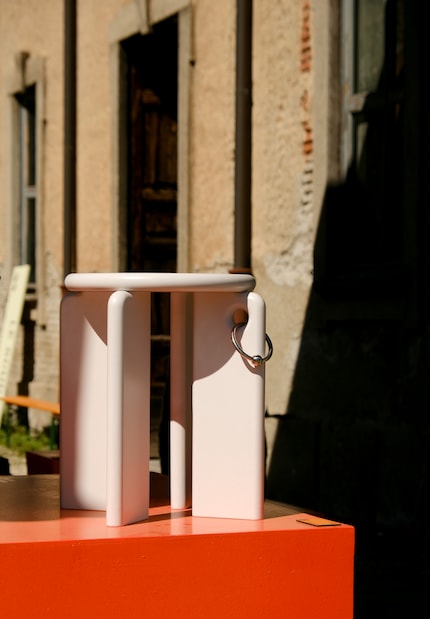
Syenite is an igneous rock composed primarily of the minerals feldspar, quartz and mica. You often come across it in the form of paving stones. Less often as a vase in a gallery. But anything’s possible during Milan Design Week. That’s how home accessories and furniture made of syenite ended up in Rossana Orlandi’s gallery space – or so I thought. But when I touched it, it quickly became clear that something was up: Italian architect Alessandro Ciffos recreated the rock for his piece La Bürsch using waste silicone from his workshop. His aim was to create an optical illusion and honour the La Bursch architectural style of his hometown of Biella. Mission accomplished.
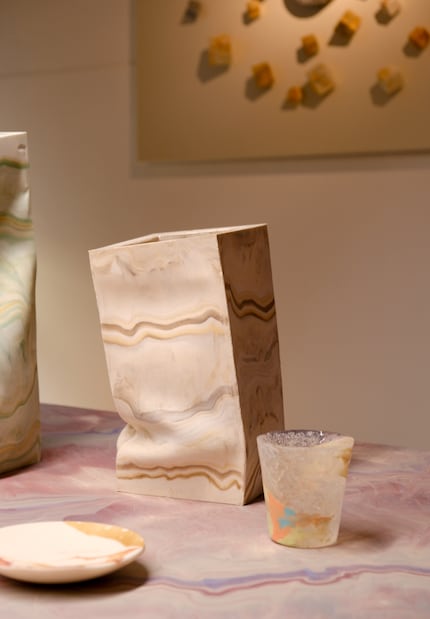
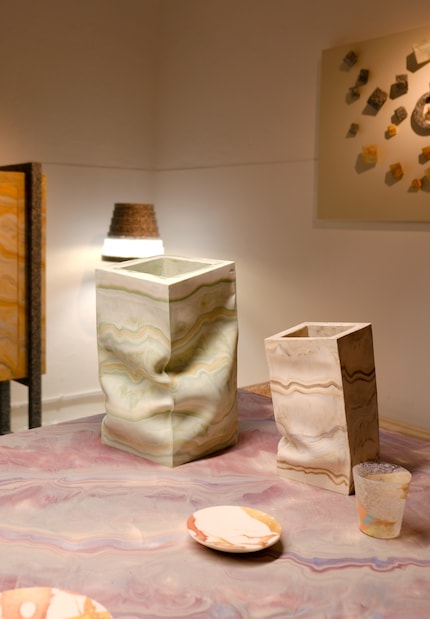
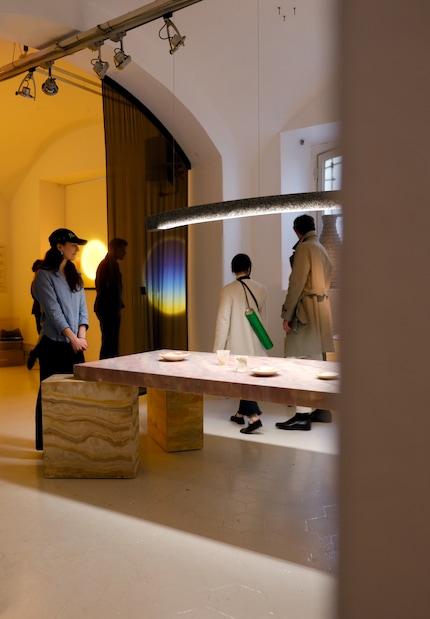
Also on display at Rossana Orlandi’s gallery was the «Sul Trespolo» project (from the Latin tripes-pĕdis/trepiede – «on the tripod») by Secondome and Studio Effe (website in Italian). It includes the Claude shelf collection, which combines Italian wood with opulent materials such as mouth-blown Murano glass. It was designed by Duccio Maria Gambi, who likes to experiment with opposites.
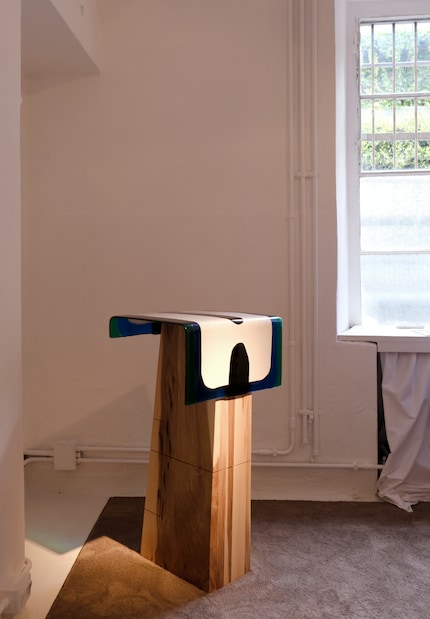
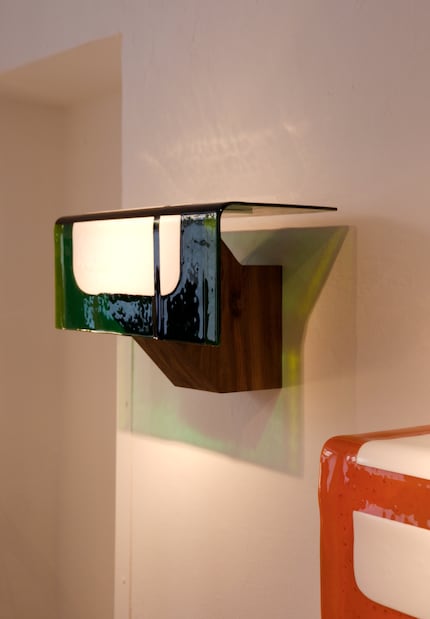
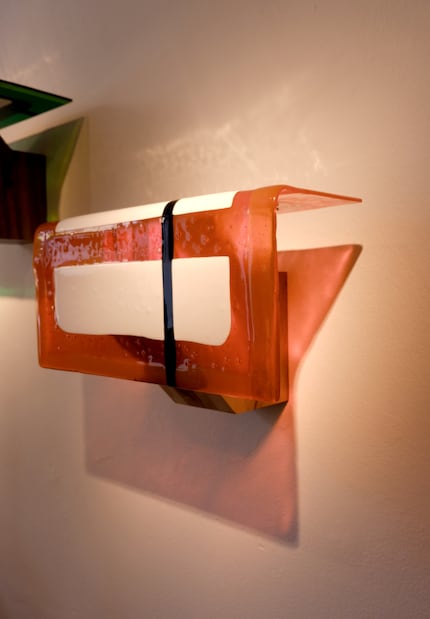
For the group exhibition «Origen» (Origin) at the Unno Gallery in Milan’s Brera district, Mark Grattan designed a desk, a wall-mounted cabinet and a dresser. At first glance, they look like traditional chocolate brown office furniture. But if you take a closer look, you’ll see their flared base. It’s reminiscent of a curtain being opened on a stage and gives the functional objects a surreal edge.
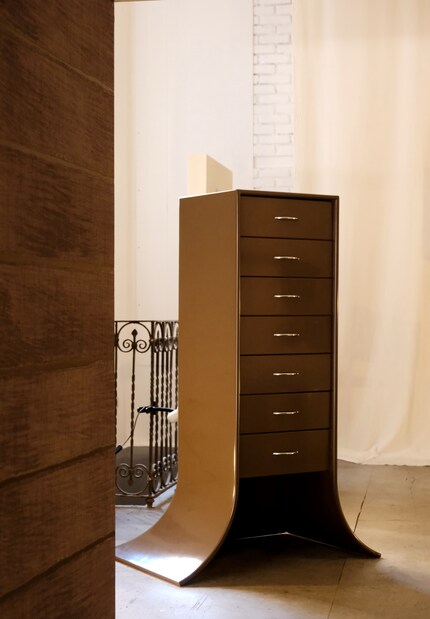
Roosa Ryhänen presented a four-piece furniture collection at Salone Satellite. The Churro Stool was the most bizarre. The name comes from an Iberian fried dough known for its elongated shape with a star-shaped cross-section, which was the starting point for the design. «I feel like soft shapes draw me even closer now when the world seems so cruel and unfair,» says Ryhänen. The Finnish designer embraces imperfect, random shapes in the production process, so all of her pieces are based on the design principle «form follows intuition».
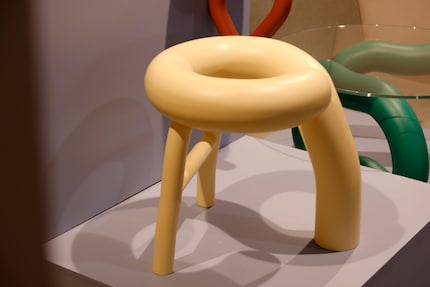
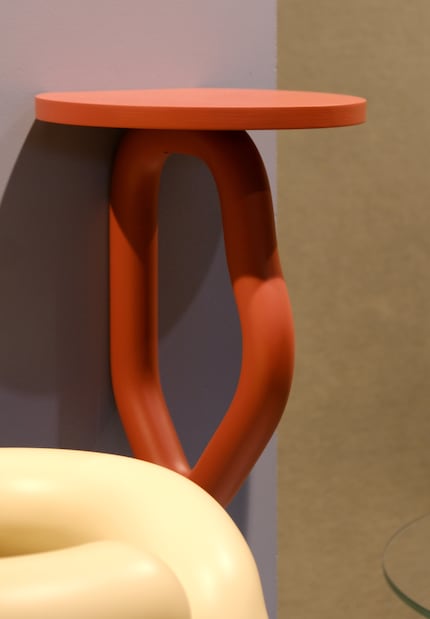
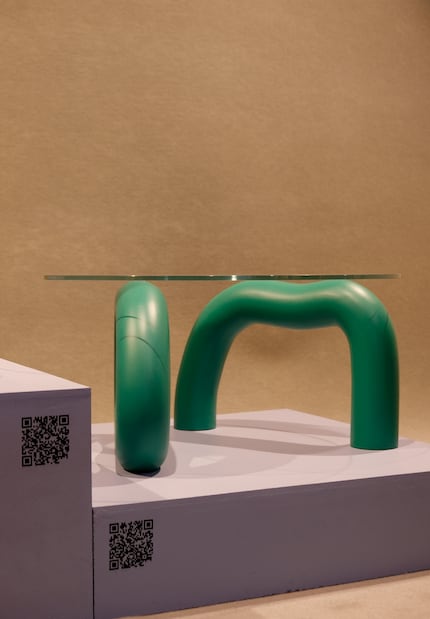
Ting Hsuan Chang presented her candles in the group exhibition Undertone in the Isola district. They look like they’ve already been lit, even though the wick is untouched. This is deliberate: the designer wants to «blur the boundaries between the inanimate and the living,» in her own words. To achieve the melted look, the candles are heated and reshaped several times. That’s why, for Ting Hsuan Chang, they’re «a form filled with time.»
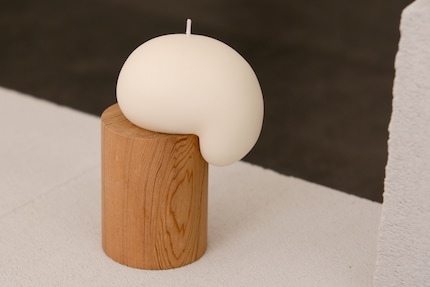
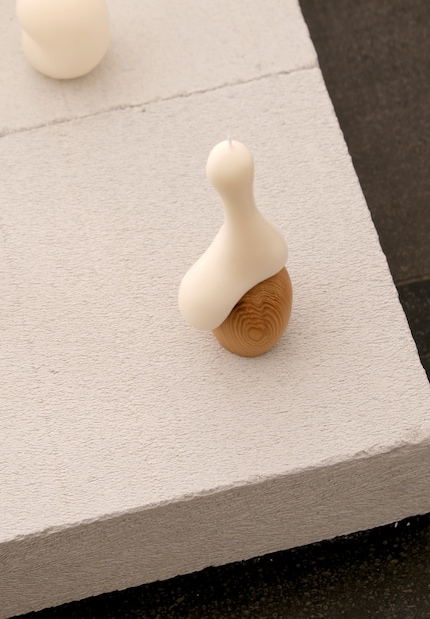
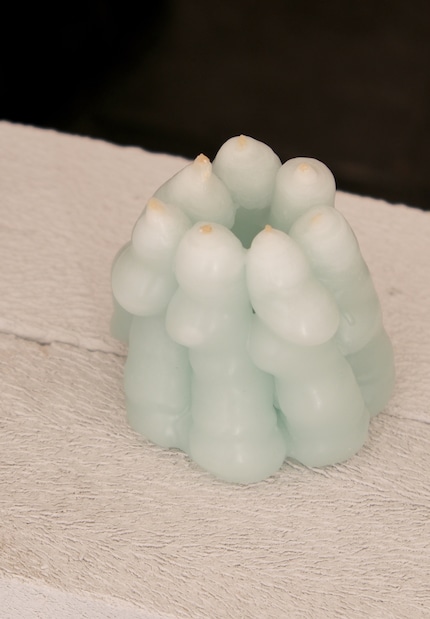
For Milan Design Week, artist Andrés Reisinger designed an installation called Chairs For Meditation in the atrium of the Nilufar Depot. It consisted of a huge mosaic picture and 12 chairs (Chairs For Meditation), which invited visitors to meditate. The most striking design among them looked like a 3D rendering to me. Maybe because it doesn’t have classic chair legs. But maybe also because the transitions between the seat and the armrests of the upholstered wooden frame were invisible. In any case, I wanted to rock around on it and unwind.
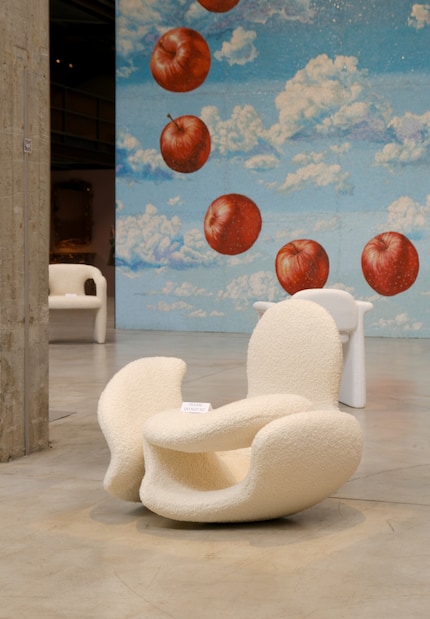
In the group exhibition Korean Craft Show In Milan 2024 – Thoughts on Thickness, Yongkyoung Kim’s work particularly stood out. It consisted of several semi-transparent mounted objects that cast intriguing shadows on the wall. Kim wants the enclosed, transparent cavity to convey a unique feeling.
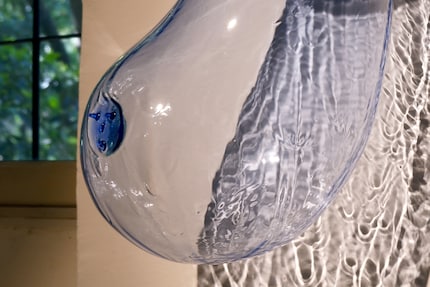
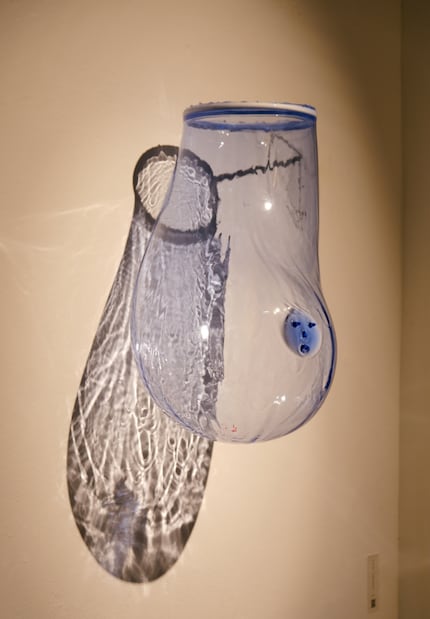
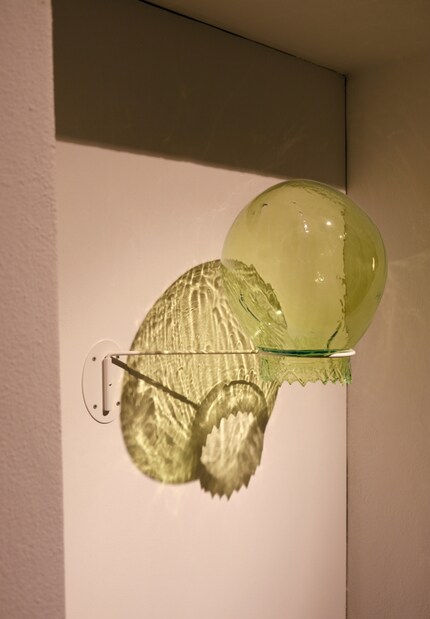
Artist Iyo Hasegawa is inspired by materials and the design possibilities they bring with them. Most recently, she experimented with an ordinary spanner to make something extraordinary: tables and lamps. «I liked the shape of the double ring wrenches and the change of perspective,» says Hasegawa. Repeated and integrated several times, a simple tool that’s otherwise only used to assemble things can become a piece of furniture in itself.
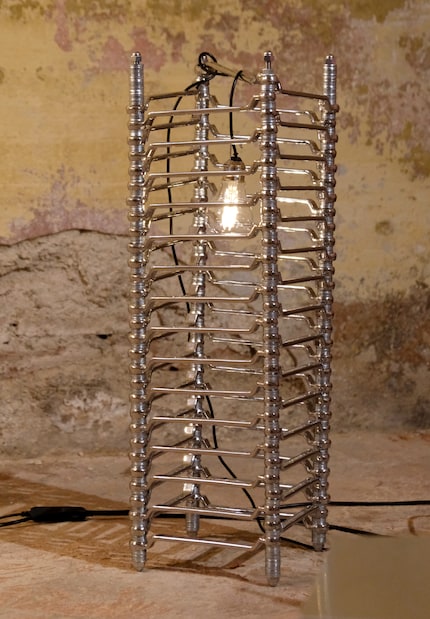
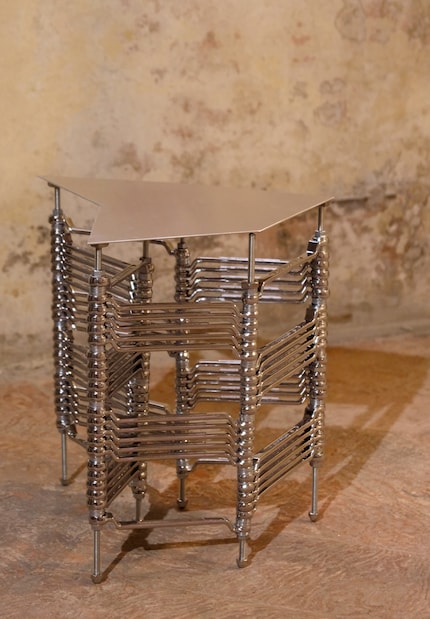
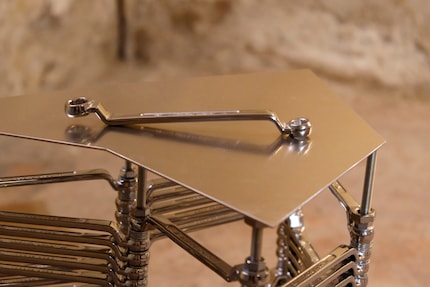
Like a cheerleader, I love celebrating good design and bringing you closer to everything furniture- and interior design- related. I regularly curate simple yet sophisticated interior ideas, report on trends and interview creative minds about their work.
Interesting facts about products, behind-the-scenes looks at manufacturers and deep-dives on interesting people.
Show all